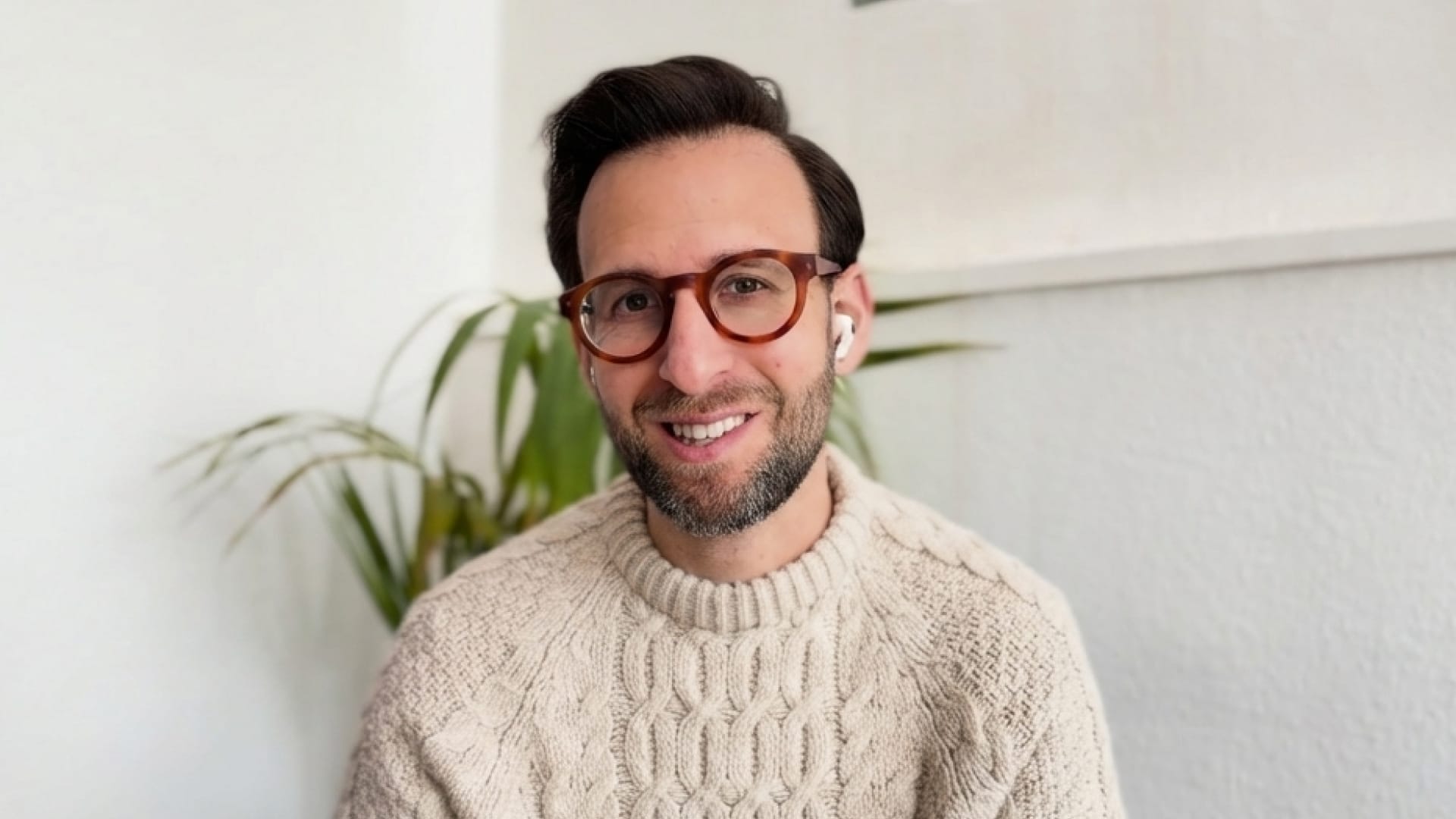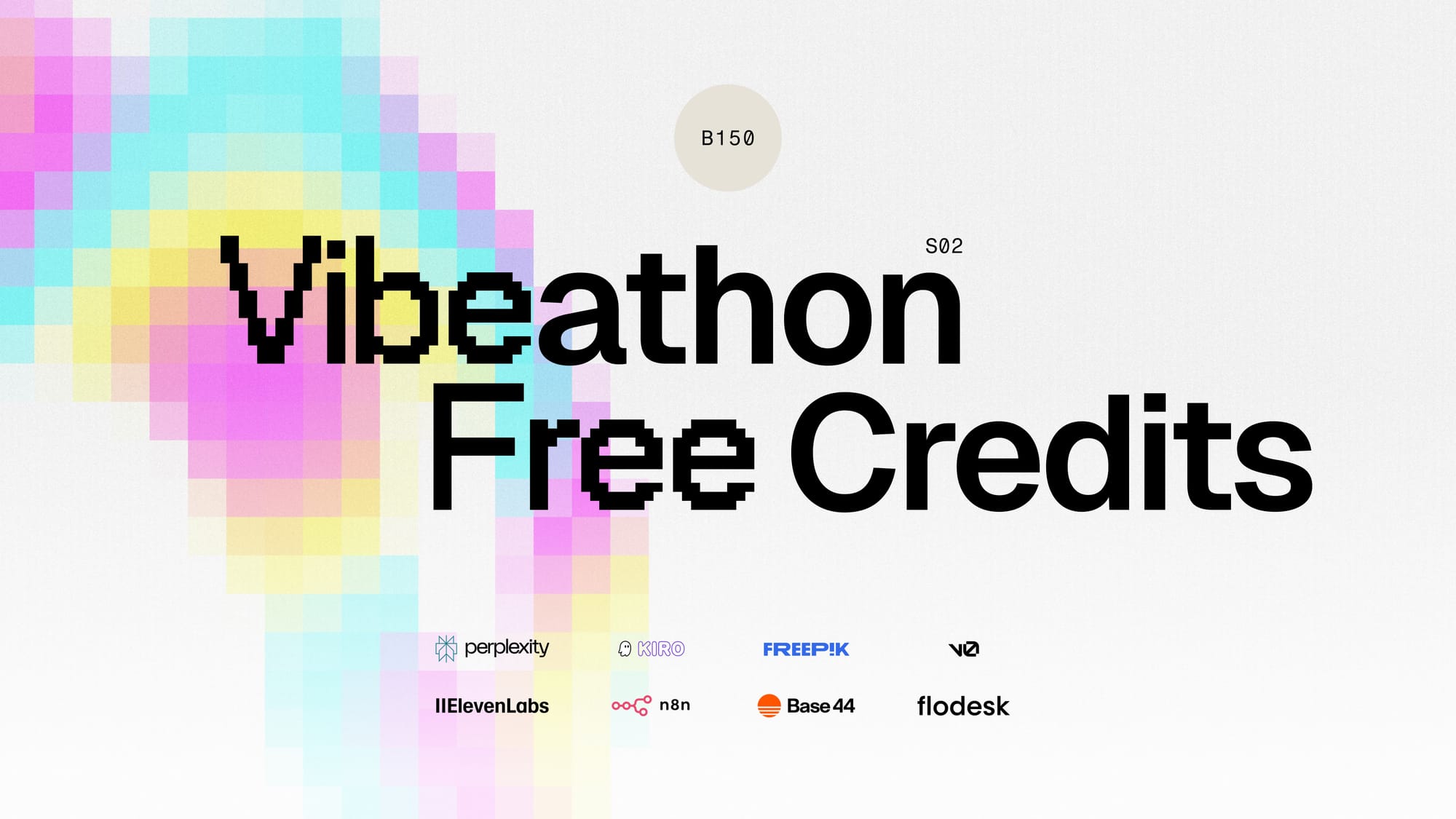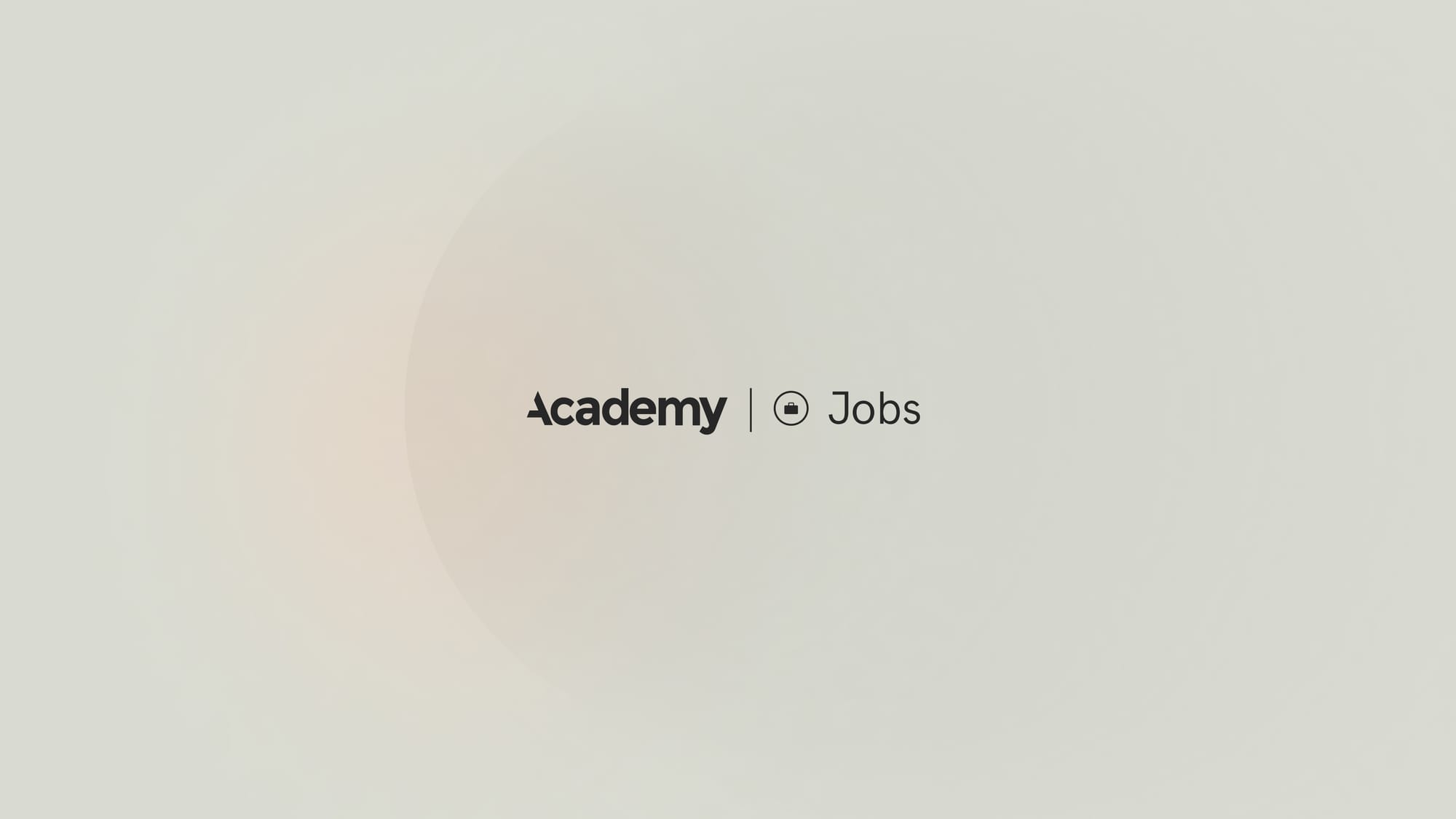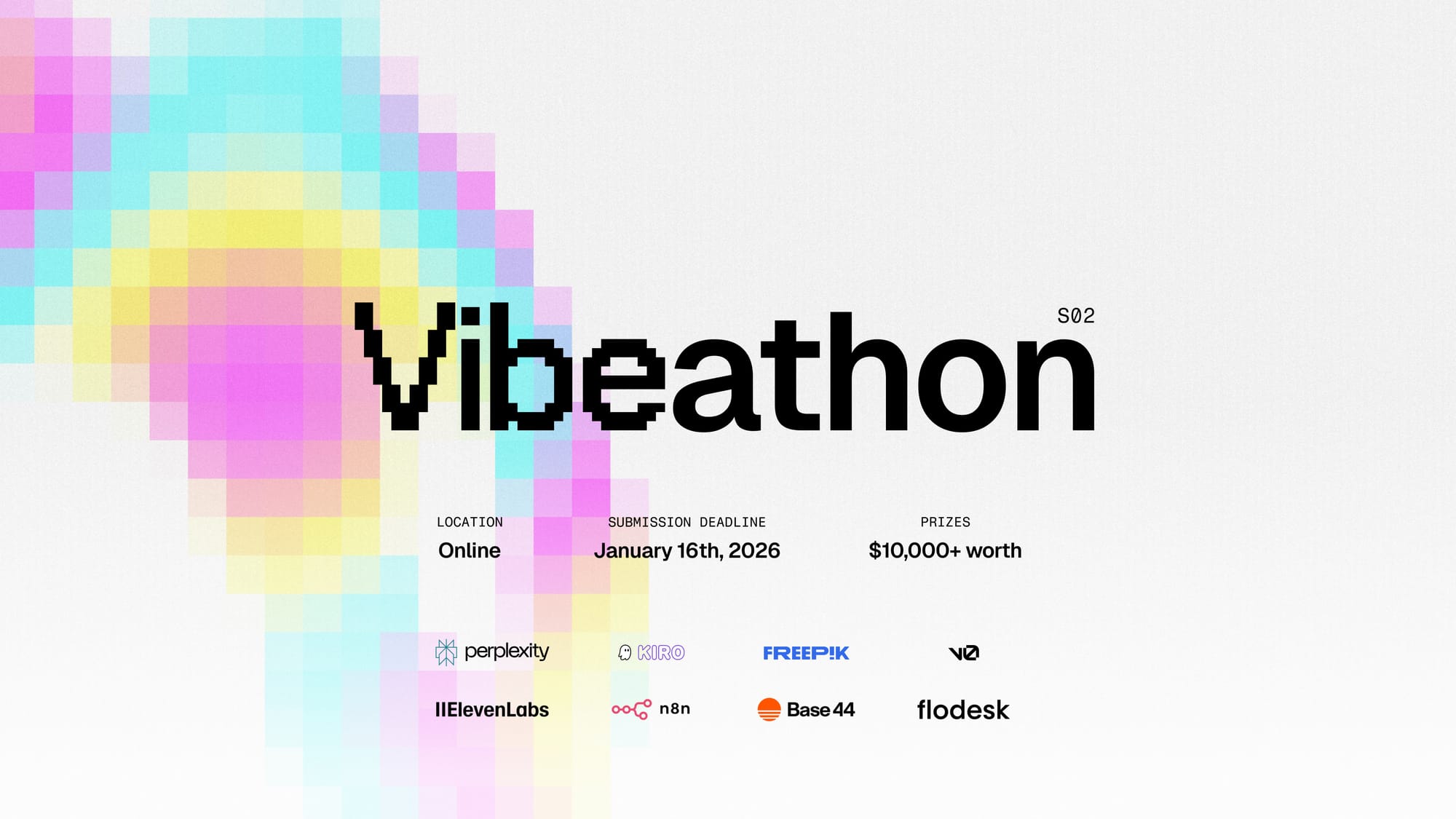A Guide to Interviewing for Your Next UX Role
Learn how Academy, inspired by Airbnb, Google, Netflix, and many more, evaluates top talent & so you can prepare confidently for your next UX role. Expert tips included.
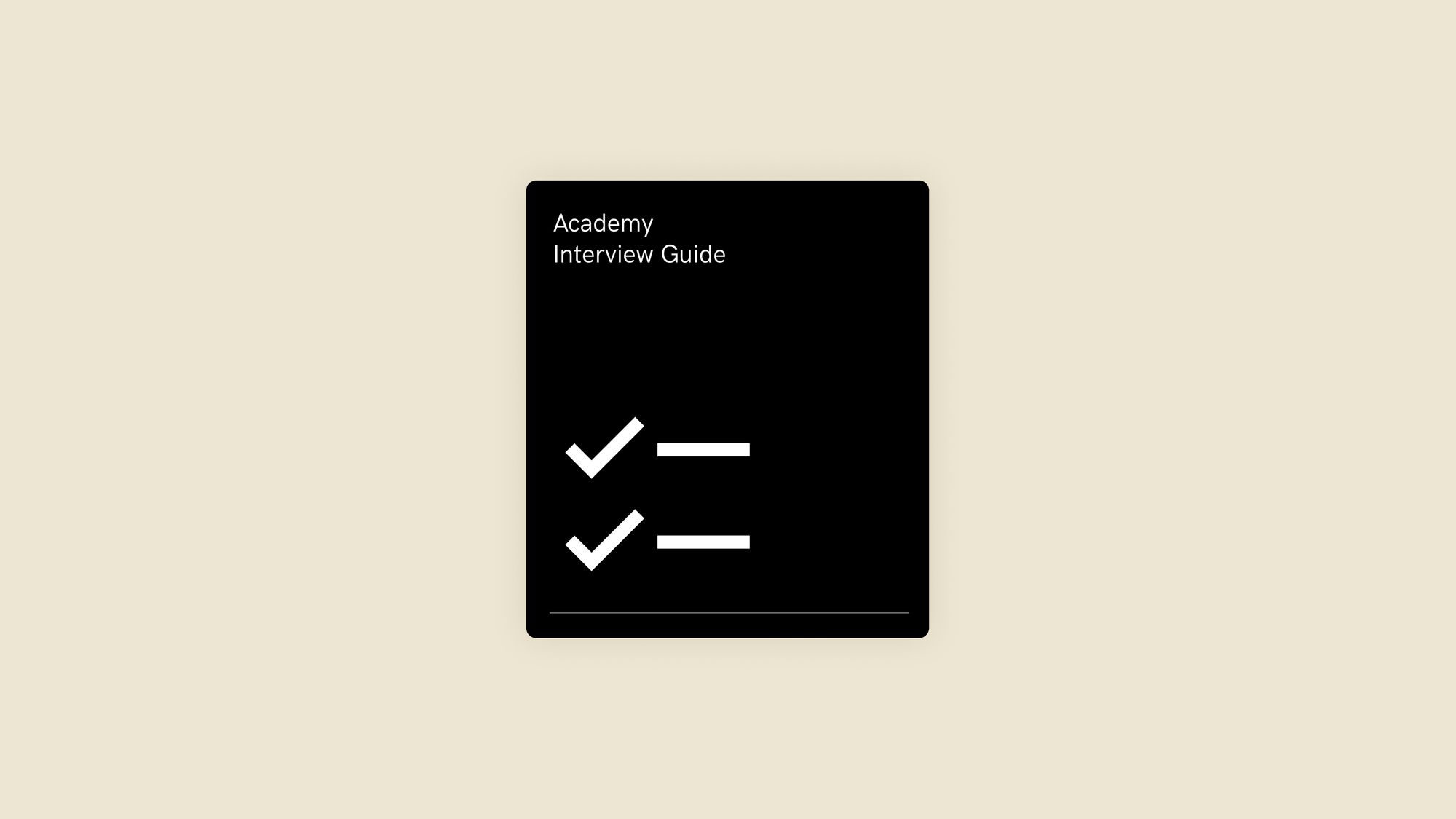
Looking for your next role find out more about us here:

How We Evaluate Talent
Our interview process is meticulously crafted to ensure that each candidate presented to our clients not only meets but also exceeds the highest standards. We employ a comprehensive selection method, focusing on candidates who offer a rich blend of experience across mid to executive levels and who showcase an outstanding portfolio, replete with in-depth case studies. These individuals have proven track records in relevant organizations, consistently exhibiting both impeccable professional conduct and exemplary collaborative skills.
Minimum Qualifications:
- A robust portfolio featuring comprehensive case studies that highlight your skills and accomplishments.
- Demonstrable experience in UX, showcasing your ability to deliver impactful user experiences.
- A detailed resume or LinkedIn profile that chronicles your professional journey and achievements.
- All necessary work authorizations or visas pertinent to the role, or residing in the location where the position is based.
Our Criteria
Execution
How you ship solutions, articulate successes, failures, and bring products to life.
Behaviors
How you work with others in ways that help them go further together.
Strategy
How you understand and plan for products that solve customer problems and drive market impact.
Interview Process
- Portfolio Review (Execution): Our sourcing & talent teams will review all candidates.
- Phone Screen (Behaviors): Our talent management team will meet with you to discuss your availability, experience, passions, and desired outcomes.
- Portfolio Interview (Strategy): Our talent leadership team will meet with you to walk through one of your case studies and evaluate your work, strategy, and execution.
- Client Interview: We present our assessment of the talent's candidacy to our clients. Should they decide to move forward, we will schedule interviews between the candidate and the hiring team to review their work, strategy, and execution.
Portfolio Review (Execution)
How you ship solutions, articulate successes, failures, and bring products to life.
At the core of every great portfolio is the storytelling structure. It is critically important that your case studies demonstrate the following so that we can get a clear picture of who you are and how you work.
Homepage:
- Who you are
- What you do
- Where you are located
Case Studies:
- What the project was
- The problem(s) it solved
- Your role and process — (i.e. journey maps, collaborative exercises, research, frameworks, etc)
- Solutions — (i.e. product screenshots, prototypes, IA, user flows, design systems, etc)
- What was the impact of the work?
Show us the skills
A portfolio with relevant case studies is the best way for a candidate to get an interview with us. If you don’t have one yet, we are happy to reassess when you do. However, without a portfolio, we will sadly need to pass for now. But don’t fret, this should be the moment that you step back and set aside time to do this because it’s not just important to us, it’s important to employers as well and this will help you get more job opportunities.
We will be looking at your core abilities from your portfolio to determine how well you present your work and tell your story. We will also review your relevant work experience, referrals and contributions to your disciplines community to make a determination if you will be moving to the next steps.
Show us the impact
We aren’t just interested in amazing looking work, we also want to know what kind of impact your work had. Did it move the needle for the business? Did you improve the lives of your users in some way? We want to see how your product, feature, or service was game-changing.
Some questions we are asking ourselves when we look at your work and experience:
- Does the portfolio demonstrate good usability practices?
- Do the case studies explain the process, not just show off "pretty" assets?
- Do we see a clear outcome? Is there a story?
- Do they have agency or in-house brand case studies/experience?
- How closely does their aesthetic style match company style (if being considered for a specific client)?
- Do they clearly demonstrate experience that matches the job / role description (B2B, E-Commerce, Mobile, Web, etc)?
Phone Screen (Behaviors)
How you work with others in ways that help their teams and people go further together.
The Phone Screen should last about 30 minutes.
Some basic level questions we might want to have answered:
- What brings you to the job market?
- What are you looking for in your next role? What kind of work excites you?
- Do you have relevant experience?
- Any relevant projects of note?
- What tools do you have experience working with (Figma, Miro, etc)?
- What is your typical weekly availability?
- Are you available for the full contract term?
- What is your typical hourly rate or range?
Evaluation criteria
Core Competencies (Behaviors) - The core competencies are what you will use to evaluate your candidacy. The following are questions we will be asking ourselves about you once we are done speaking:
Professionalism
- Were they clear and professional in their communication with Academy?
- Were they courteous and kind?
- Were they on time and prepared for their interview?
- Did they present themselves professionally and come on camera?
Leadership
- Do they have experience leading a team or presenting to clients?
- Did they exhibit mastery of their subject?
- Did they project confidence but express humility?
- Do they work beyond their discipline, within and across teams, peers, and partners to ensure your team delivers high-quality, impactful results?
Collaboration
- Do they demonstrate an open-minded work style?
- Do they consistently seek out opportunities to improve the team or group?
- Do they exhibit a “Growth Mindset”, actively looking for opportunities to learn and develop?
Communication
- Do they use storytelling to communicate their work in an engaging way?
- Are they good at communicating clearly with others or articulating themselves?
Adaptability
- Any anecdotes that speak to working in fast-paced environments where projects change suddenly?
- Are they adaptive to other people’s working styles and are communicative?
Cultural Contributions
We try to choose candidates who could make a positive contribution to the future of an organization. We don’t optimize for “cultural fit” within Academy’s or our clients existing culture, because over time that will lead to uniformity and irrelevancy. Instead, we try to envision a future where this person’s unique point of view has shifted how we work and what we value. This is a what being a Cultural Contributor is all about. Here are some examples of things you might want to share that can help you stand out:
- Has the candidate challenged an organization's thinking or and processes or industry status quo in a constructive way?
- Has the candidate organized an event, meetup or club for their organization?
- Has the candidate created a tool that the entire team could use?
- These are just a few examples but we are looking for people who go the extra mile to bring a diverse and valuable point of view that will help their team go further.
Growth Mindset
We love to work with people who are always trying to improve themselves. This can be in your professional or personal lives. It’s a quality we really admire and it also lays the foundation for great relationships. The reason being that people who love to learn will want to walk in someone else's shoes. This builds empathy, knowledge and strong collaboration, which is why a Growth Mindset is so valuable to any organization. Here are some examples of things you might want to share that can help you stand out:
- Has the candidate demonstrated their willingness to learn or try new things?
- Has the candidate sought out new tools and resources?
- Has the candidate adapted to new or less familiar working environments?
- Does the candidate present themselves as a lifelong learner or are they stuck in their ways?
Portfolio Interview (Strategy)
How you understand and plan for products that solve user problems and drive market impact.
During the portfolio interview, you will do a deep-dive into one of your projects with a member of our Talent Leadership Team. Our team will have questions focusing on your approach to products, strategy and vision, working with constraints, considering trade-offs, and how to execute with teams. We’ll be curious about what you value in your collaboration and how you help teams advance toward their goals.
The Portfolio Interview should last about 60 minutes.
Walk us through a project, tell us a story
Each project should tell us a story. While we certainly don’t expect a novel, your case study should be a 15-20 minute presentation. Be sure it’s structured using the following format:
- What the project was
- The problem(s) it solved
- Your role and process — (i.e. journey maps, collaborative exercises, research, frameworks, etc)
- Solutions — (i.e. product screenshots, prototypes, IA, user flows, design systems, etc)
- What was the impact of the work?
Don’t just show the work, show how the work gets done
While we appreciate all the work you share with us, we’ll want to see samples that show your experience in these particular areas. For example, we might really admire a few screenshots of your work, but we’ll also want to see how they influence product strategy, define the problem, understand the system, collaborate with others, and more.
- User flow diagrams, A/B Tests, Journey Maps, Design Thinking Exercises, IA Documents, Content Maps, Process Documentation, etc.
Evaluation criteria
Core Competencies (Strategy) - The strategic competencies are what we will use to evaluate a candidate. The following are questions that we will be be asking ourselves after a portfolio interview.
- Did the candidate articulate themselves clearly?
- Did they do a good job selling their story?
- Were they professional in their presentation in regards to manner, diction, vocabulary, and presence?
- Did they exude confidence and demonstrate a clear expertise in their discipline?
- Was the work presented representative of the project(s) we might consider them for (i.e. E-commerce, B2B SaSS, B2C, Mobile Apps, Websites, etc)?
- Did they qualify their role on the project? The problem, insight, process, solution, and impact of their work?
- Did they credit their peers? Or discuss that it was a team effort?
Client Interview
Once you have completed all your interviews with Academy we will be presenting you to our clients. If they agree to an interview you can expect to hear from us shortly. Regardless of our team will be in touch to give you feedback.
Each client has their own interviews process and we try to make it super clear from the very start what our candidates should expect. We will discuss this in the early part of our relationship and communicate as clearly and as transparently as possible.
We pride ourselves on our industry knowledge so if at any point you need some help we are here to act as your consult. We often provide a range of advice from how to stand out or how to negotiate a higher salary. We are your biggest advocate so please don’t hesitate to ask for our help.
Additional Resources
If you are struggling to understand this or need extra help or resources we wanted to provide a curated list of articles and services we have found helpful.
Articles
- Growth Mindset
- Cultural Contributor
- How to Ace the Product Design Portfolio Review
- The minimum viable product design portfolio
- What we look for when we hire designers at Intercom
Courses:
Portfolios and Agencies that inspire us:
Don’t feel intimidated by these. Your portfolio doesn’t need to have all these fancy animations. It just needs to be aesthetically pleasing and clearly define your process and who you are.
When reviewing/studying each of these sites try to pay close attention to the following:
- Information Architecture
- Hierarchy
- Font choices and pairings
- Color choices and pairings
- Use of negative space
- Style (minimal, maximal, hard corners, soft corners, round, shadows, flatness)
- Photography
- Illustration
- Animation vs Interaction
Useful resources:
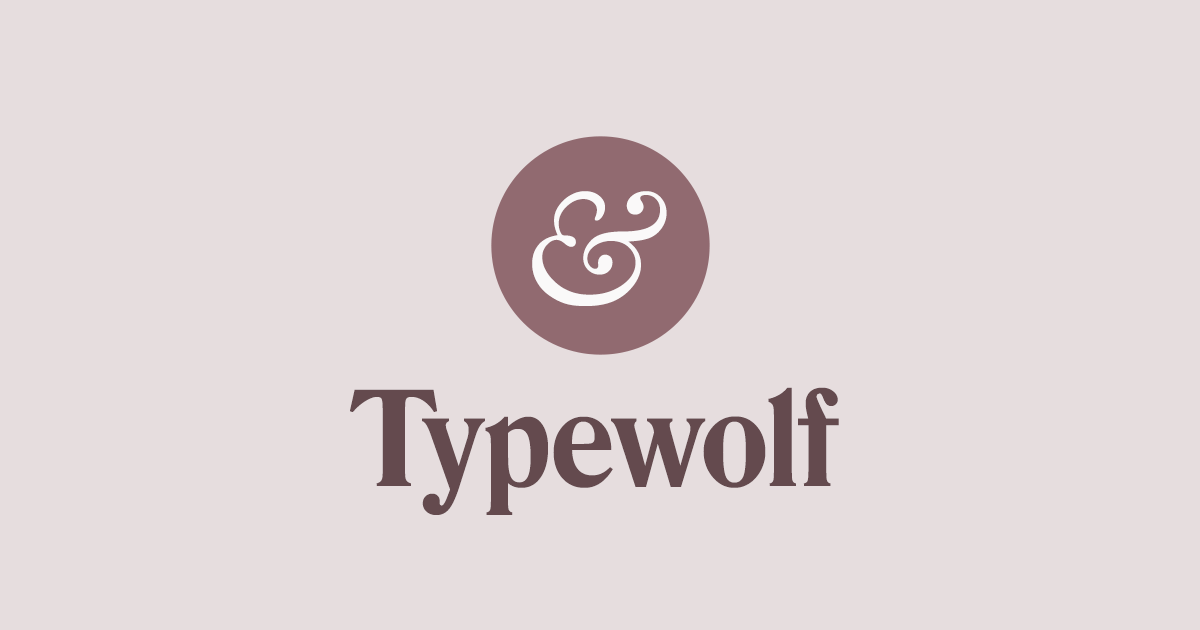

Become a student of the design by really analyzing other people's work. Then try to imitate them with small daily projects until you have perfected their style. Then you will have a whole tool belt full of tricks you can use to mix and match and find your own voice.
Agencies
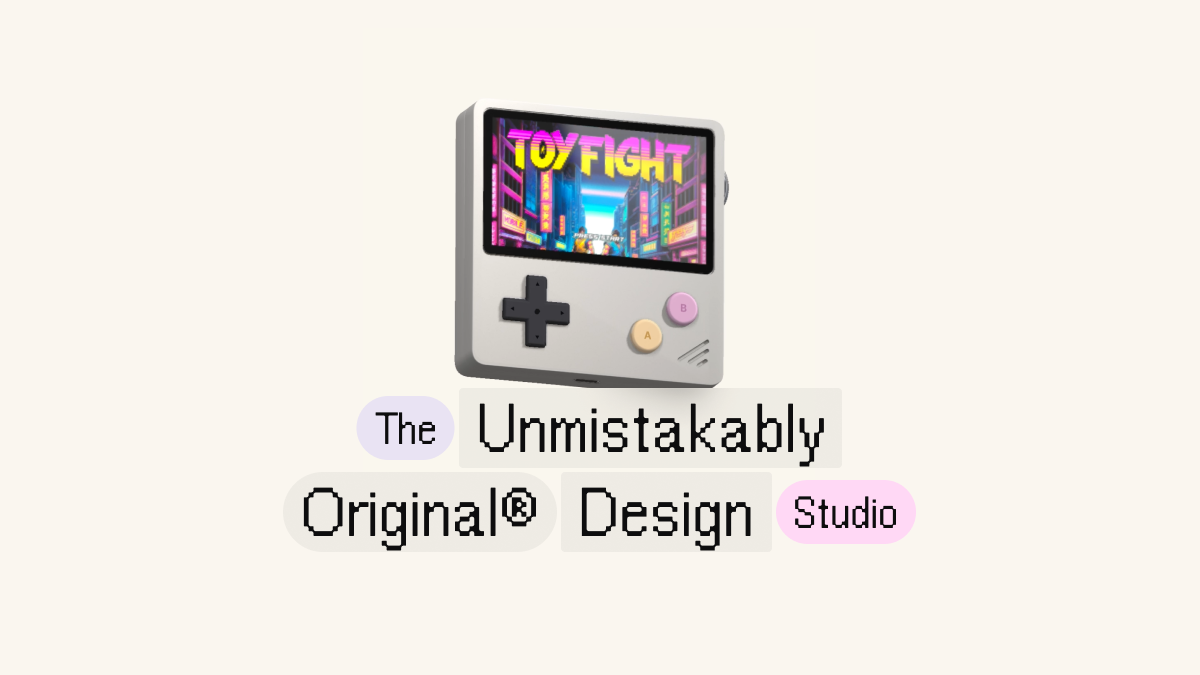


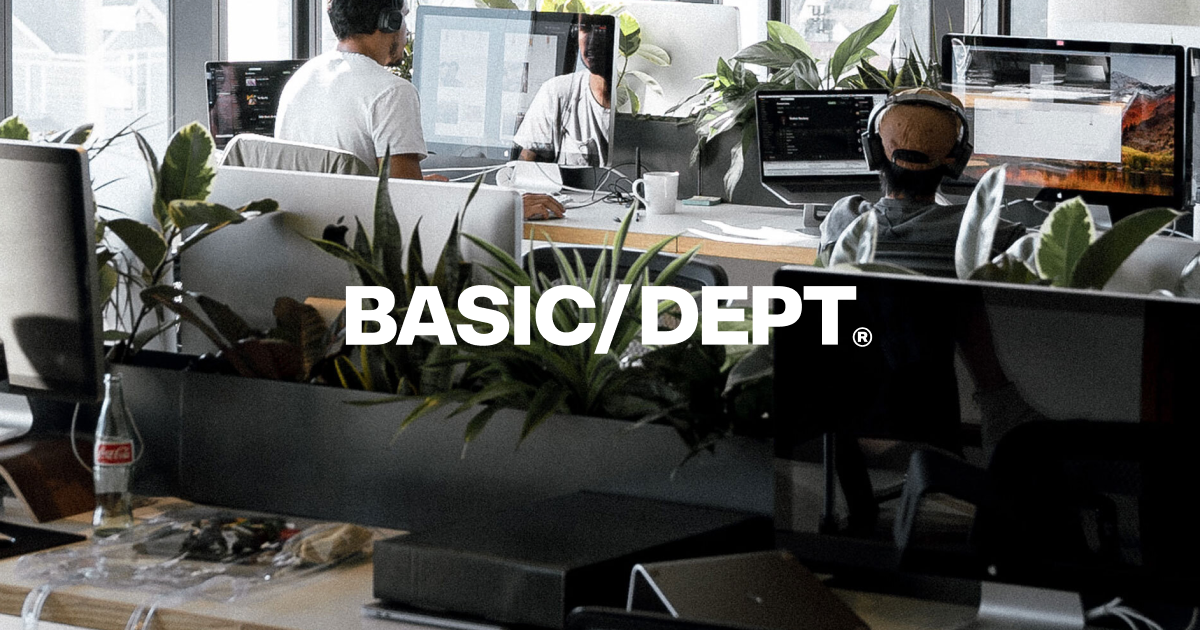
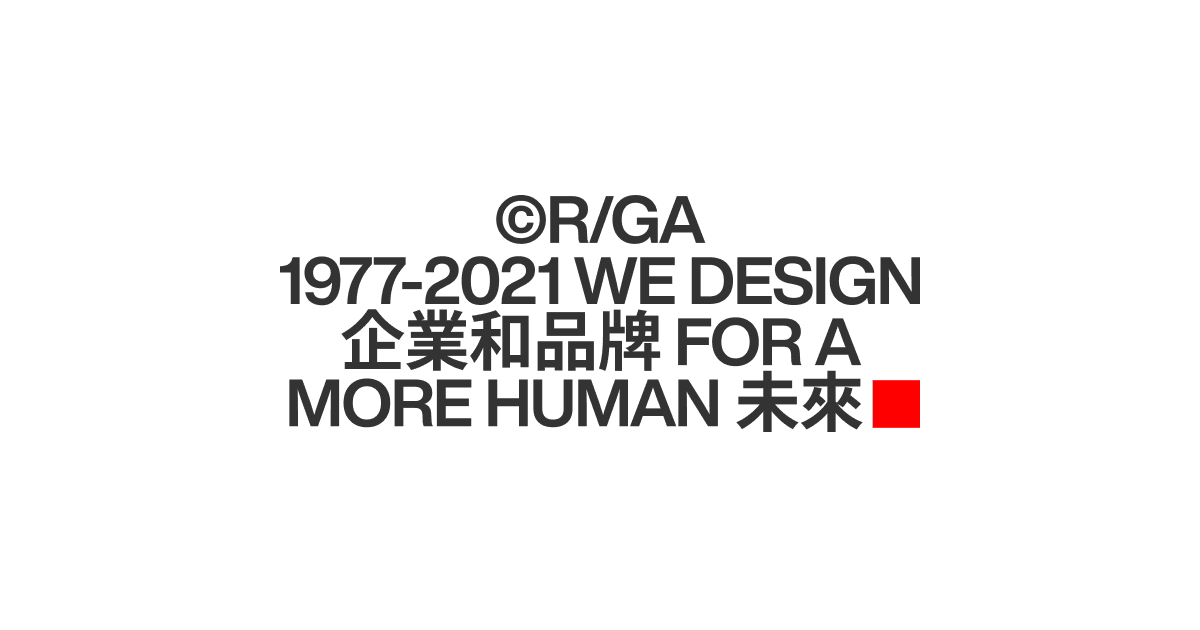
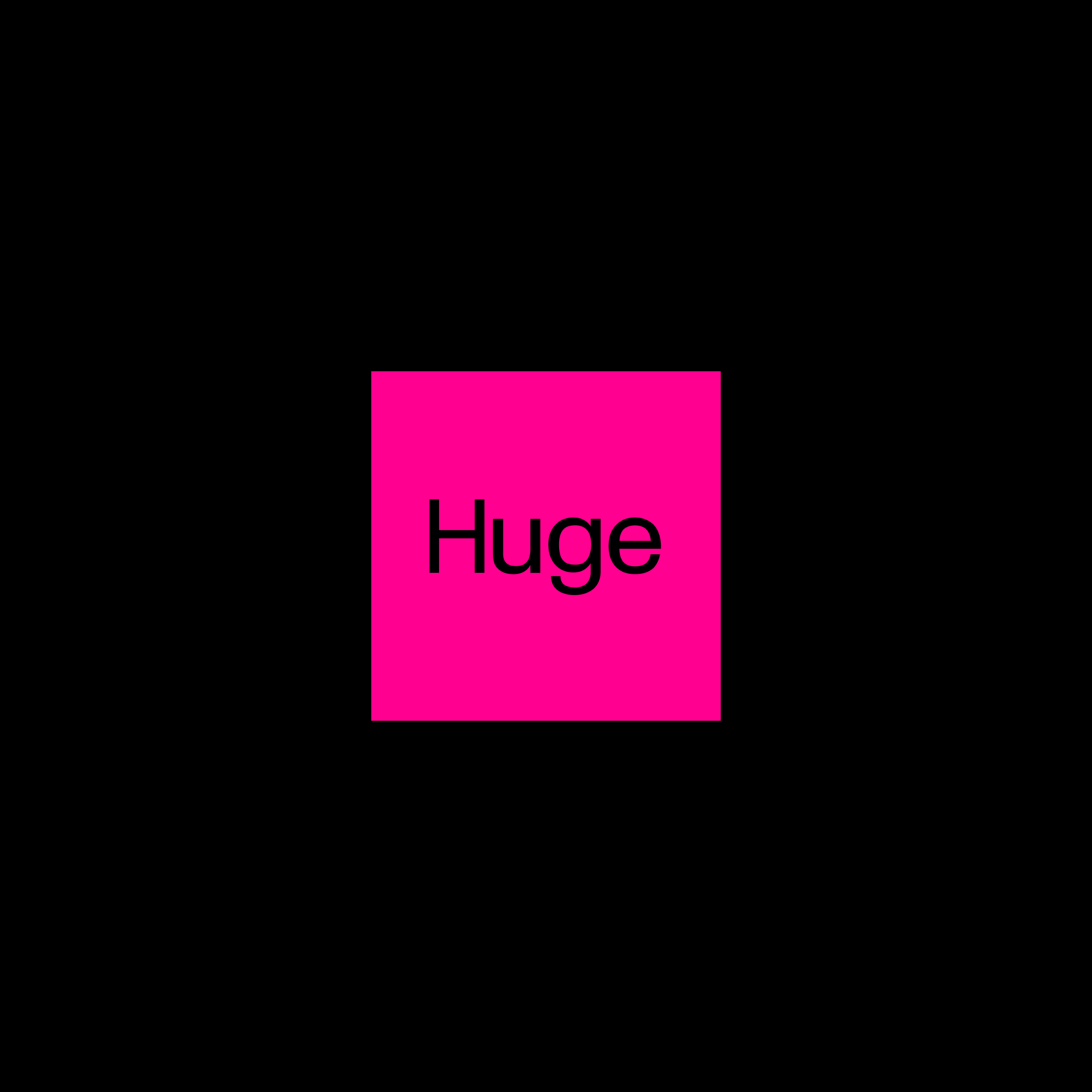



Designers







Personal Branding:


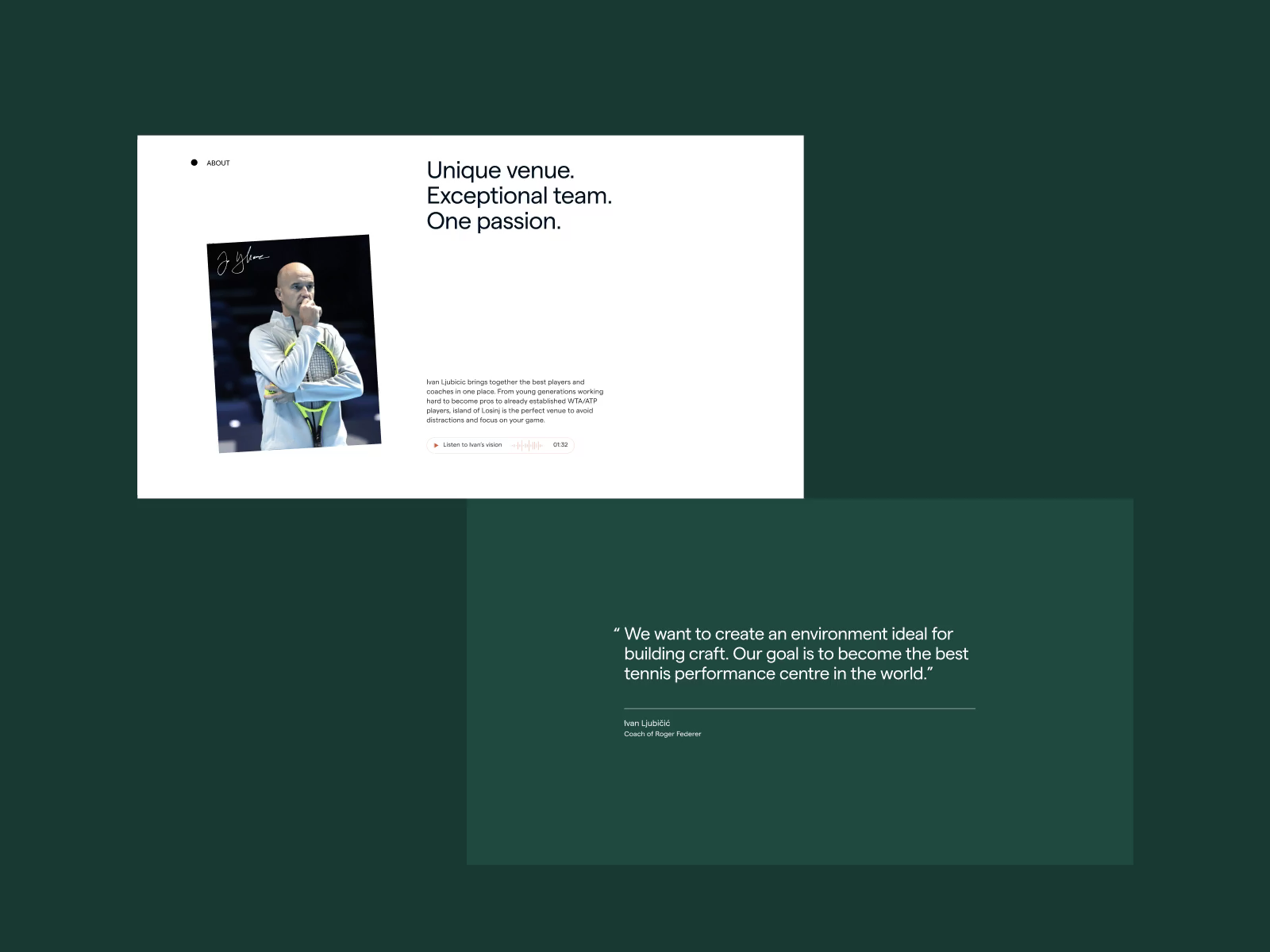

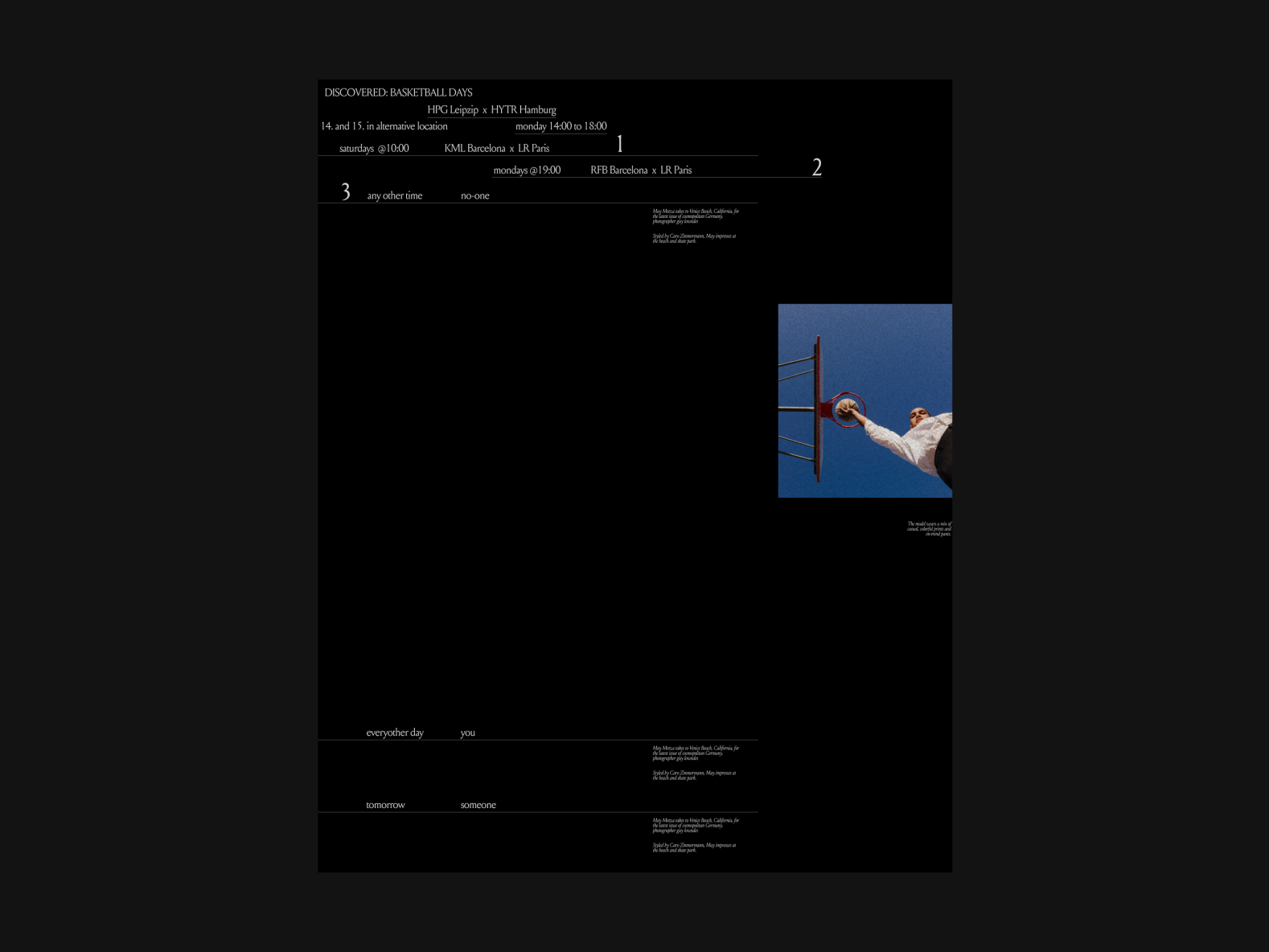
(a great site with lots of amazing talent)
DesignOps:

Researchers:























